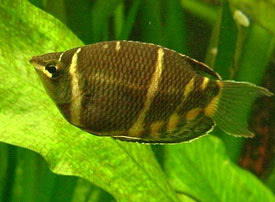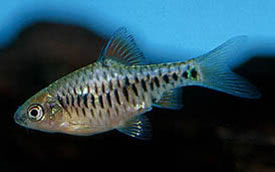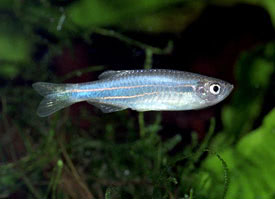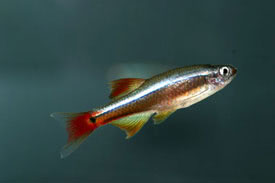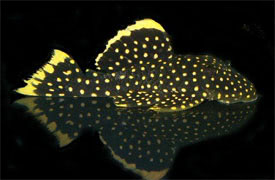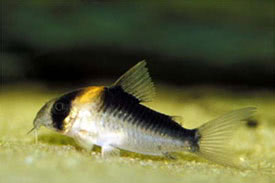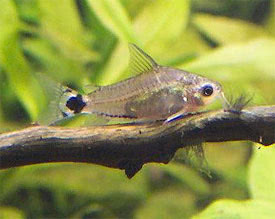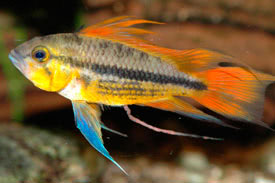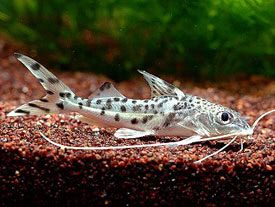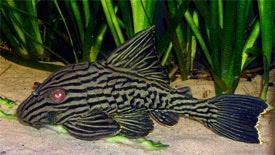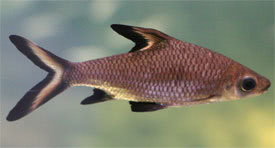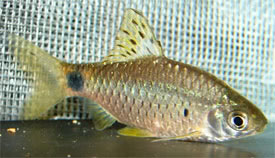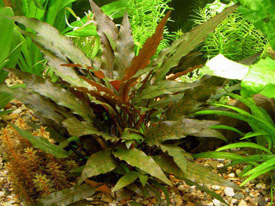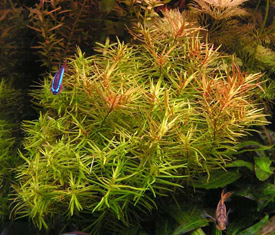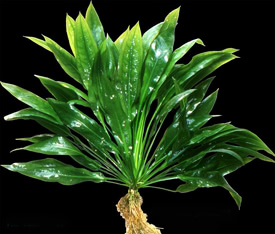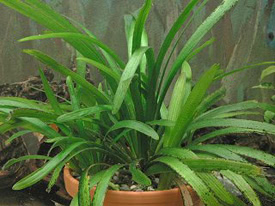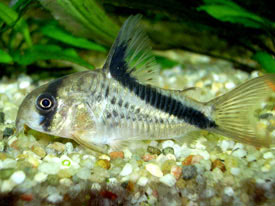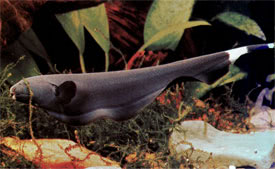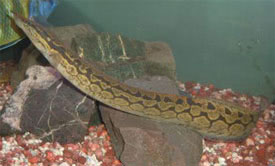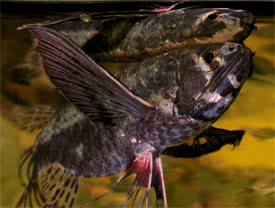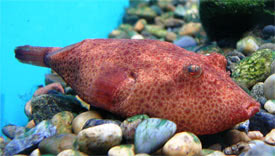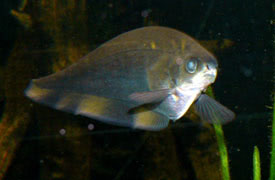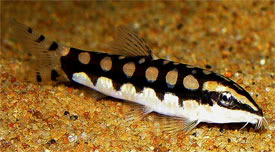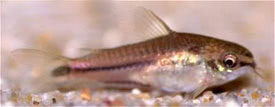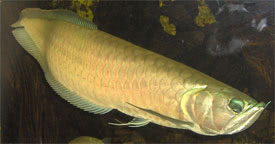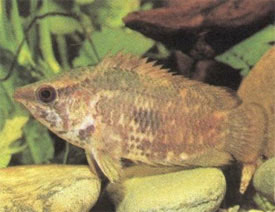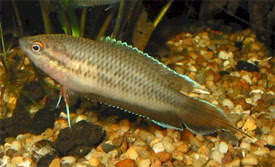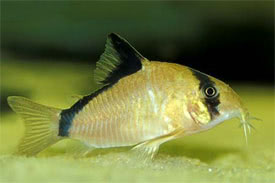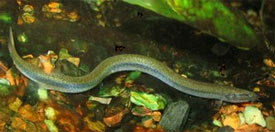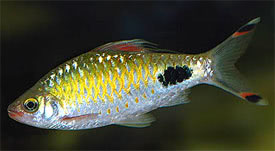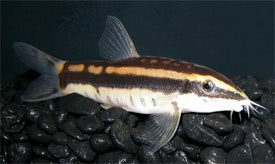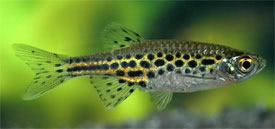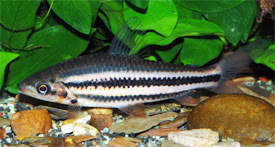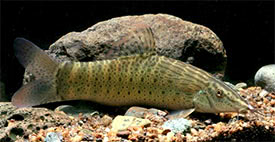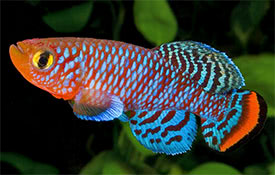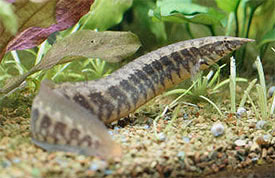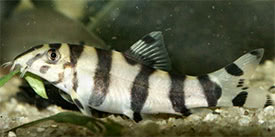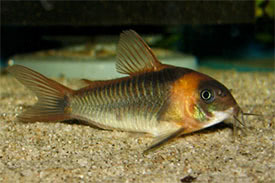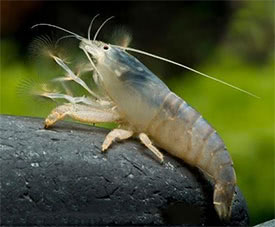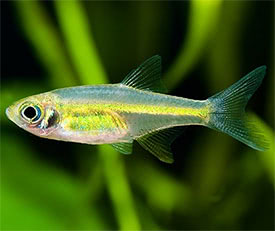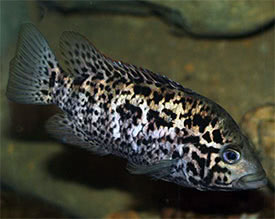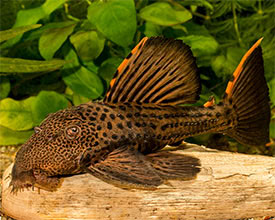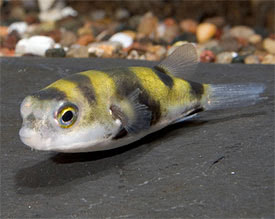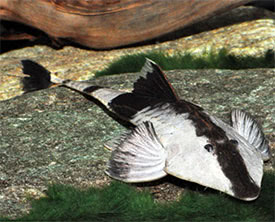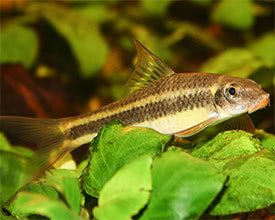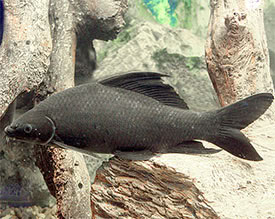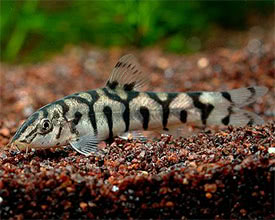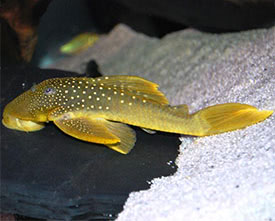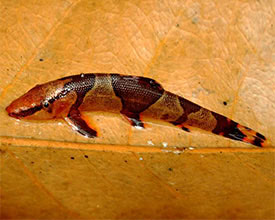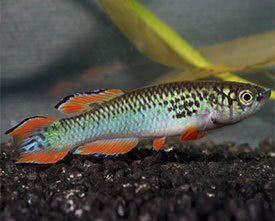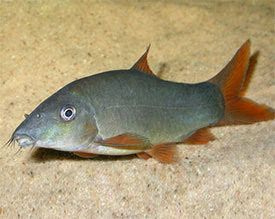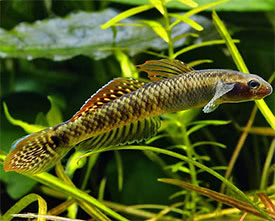
 Magyarul / Hungarian
Magyarul / Hungarian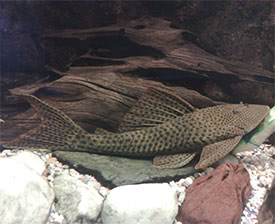
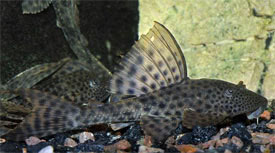
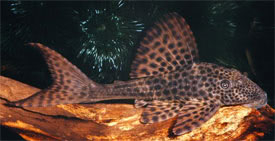
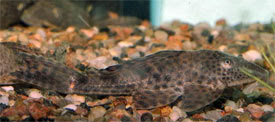
- Scientific name: Hypostomus plecostomus
- Synonyms: Acipenser plecostomus (Linnaeus, 1758), Hypostomus guacari (Lacepede, 1803), Loricaria flava (Shaw, 1804), Plecostomus bicirrosus (Gronow, 1854), Plecostomus brasiliensis (Bleeker, 1863), Plecostomus plecostomus (Linnaeus, 1758), Pterygoplichthys plecostomus (Linnaeus, 1758)
- Common name: Suckermouth catfish, Pleco
- Group: Catfishes
- Habitat: South America; northern parts of South America in Suriname, Trinidad.
- Size: 30 cm, but it can reach 50 cm in nature.
- Biotope: Often found in slower-flowing parts of larger rivers.
- Social behavior: A peaceful catfish that suitable to a large community tank. Larger specimens can be territorial, but they rarely cause damage. Can be kept with african cichlids. Smaller fishes are ignored.
- Diet: Omnivorous; They mainly eat algae and other plant matter, but will readily eat anything. Feed them in the evening, before lights out.
- Breeding: Breeding has not been successful in aquaria.
- Tank: Minimum 350 litres
- Population: 2 fish for 450 litres
- Decoration: The tank should have open swimming areas and hiding places of rocks and driftwood. They may eat the plants.
- Temperature: 20-30 °C
- pH: 6.5-8
- Hardness: 1-15 NK°
- Lifespan: 10-15 years
Description: Their identification is very difficult, because of the large number of species in the genus, it is only possible with exact provenance of the specimen. Nowadays most of the ''common plecos'' are exported from Peru and Brazil. Photos of the real Hypostomus plecostomus are common in aquarium literature from the 1960s and 70s when ''common plecos'' were exported from Venezuela, Suriname, and the Guyanas. Confusingly, the scientific name Hypostomus plecostomus has sometimes been incorrectly used for several more-or-less similar loricariid catfishes, both in the aquaristic stores and scientific literature. Hypostomus plecostomus has been widely introduced to several countries around the world, most likely released by aquarists into the local waters. The Pleco’s body is covered with large bony plates everywhere except the belly area. The head is large, broad, and flat. It has one pair of barbels that located near the mouth. The body color of Hypostomus plecostomus can vary depending on the age and the provenance of the species, but its base color is usually sandy brown to dark brown, that covered with clear spotted pattern. These markings are larger on the body and on the fins, but smaller on the head. The abdomen is pale cream with brown spots that may be irregularly joined to form a vermiculate pattern. It is a nocturnal catfish, that likes to hide in caves or under bogwood during the daytime. The 6-8 cm long species from the local petstores can reach 25-30 cm in length in 3-4 years. They may graze plants if not feed sufficient amounts of vegetable matter. In the nature they can reach larger body length than in the aquarium.
Large adult males have thickened pectoral fins spines that often turn reddish. Gravid adult females appear thicker when viewed from above. Their breeding is unsuccessful in aquarium. In the nature they spawn in holes that the male burrows in the steep river bank. Males guard the eggs. Burrows of Hypostomus plecostomus observed in Florida ponds exhibit a single opening but then subdivide into three or four different tunnels that extend 1 m deep. Suckermouth catfish grows rapidly and may mature at lengths of 15 cm. The spawning season of Hypostomus plecostomus is from March through September, and the number of the eggs can be 500 to 700.










